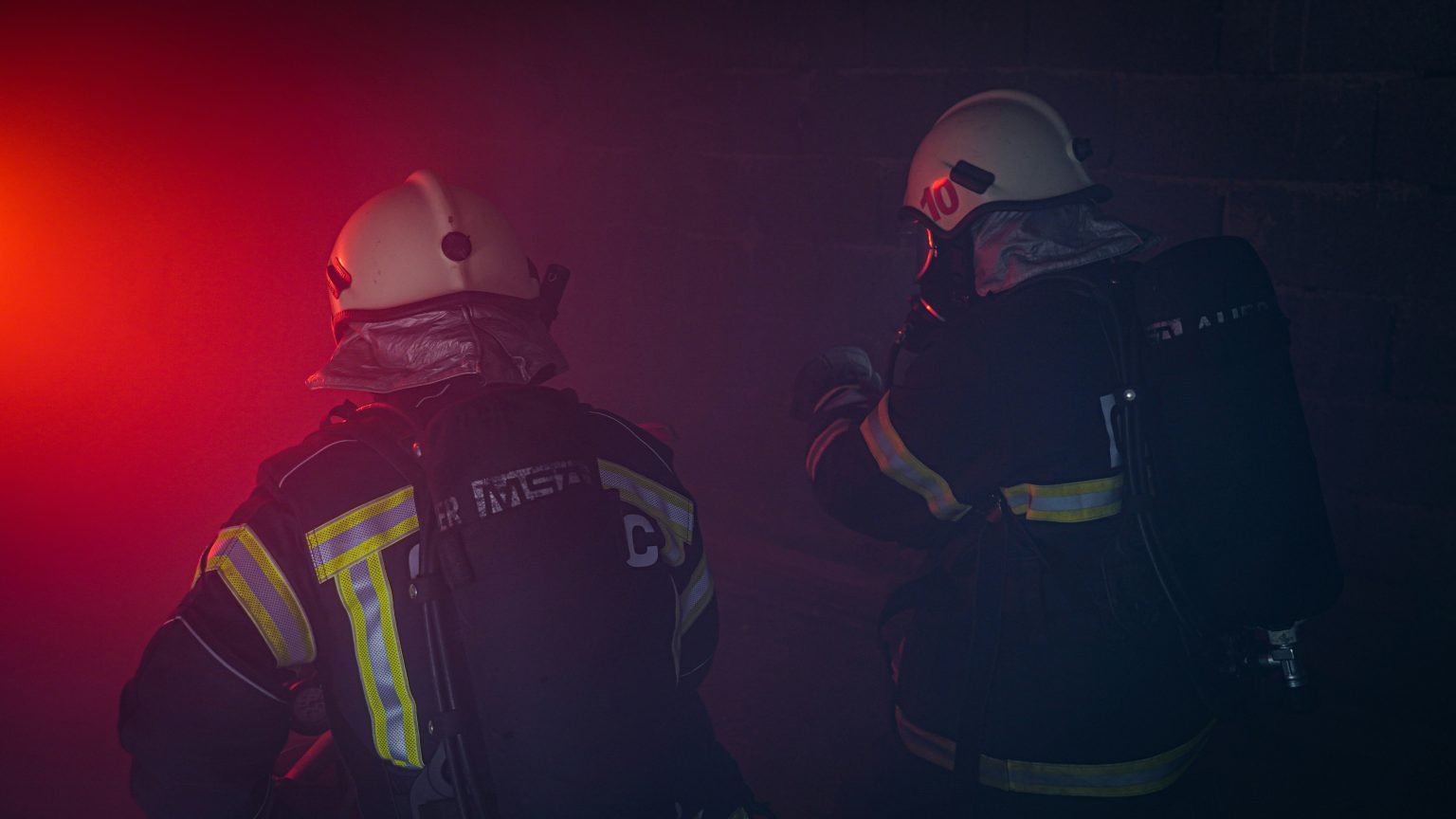Fire safety in healthcare facilities is of paramount importance, given the vulnerability of patients and the critical nature of medical equipment. Fire risk assessors like GF Fire Solutions play a crucial role in ensuring the safety of these establishments. Let’s explore how these professionals work to protect healthcare facilities and their occupants.
The Importance of Fire Risk Assessments in Healthcare
Healthcare facilities present unique challenges when it comes to fire safety. With a combination of immobile patients, sensitive medical equipment, and potentially flammable substances, the stakes are incredibly high. Fire risk assessors are tasked with identifying potential hazards and recommending measures to mitigate risks.
Legal Requirements
In the UK, fire risk assessments are a legal requirement under the Regulatory Reform (Fire Safety) Order 2005. Healthcare facilities must comply with these regulations to ensure the safety of patients, staff, and visitors.
The Role of Accredited Fire Risk Assessors
Accredited fire risk assessors, like those at G.F Fire Solutions, bring a wealth of experience and expertise to the table. Their accreditations, such as BAFE SP205 and third-party accreditation from The Institute of Fire Safety Managers, ensure that they are up-to-date with the latest fire safety standards and regulations.
Comprehensive Assessments
A thorough fire risk assessment in a healthcare facility typically involves:
- Identifying fire hazards
- Assessing who is at risk
- Evaluating and removing or reducing risks
- Recording findings and implementing training
- Reviewing and updating the assessment regularly
Key Areas of Focus in Healthcare Facilities
Patient Safety
Fire risk assessors pay special attention to patient areas, considering factors such as:
- Evacuation procedures for immobile patients
- Fire-resistant bedding and furnishings
- Clear signage and escape routes
Medical Equipment and Substances
Assessors evaluate the storage and handling of:
- Oxygen tanks and other medical gases
- Flammable liquids and chemicals
- Electrical medical equipment
Staff Training and Preparedness
Ensuring that healthcare staff are well-trained in fire safety procedures is crucial. Assessors may recommend:
- Regular fire drills
- Fire safety training for all staff members
- Clear protocols for emergency situations
Advanced Fire Safety Systems
Modern healthcare facilities require sophisticated fire safety systems. Fire risk assessors evaluate and recommend:
- Integrated fire alarm systems
- Automatic sprinkler systems
- Smoke control systems
Tailored Solutions
Every healthcare facility is unique, and fire risk assessors must provide tailored solutions. For instance, a small clinic will have different needs compared to a large hospital with multiple departments.
Continuous Monitoring and Updating
Fire safety is an ongoing process. Accredited fire risk assessors like those at G.F Fire Solutions emphasise the importance of:
- Regular reviews of fire risk assessments
- Updating procedures as the facility changes or expands
- Staying informed about new fire safety technologies and regulations
The Impact of Thorough Fire Risk Assessments
The work of fire risk assessors can have a significant impact on healthcare facilities. As one client of G.F Fire Solutions noted, “After carrying out a fully comprehensive survey, we were advised that due to the proximity of the building next door, and both being timber clad, that a linked fire alarm was recommended.” This level of detail can make a crucial difference in fire prevention and response.
Collaboration with Healthcare Professionals
Effective fire risk assessment in healthcare facilities requires close collaboration between assessors and healthcare professionals. This partnership ensures that fire safety measures are practical and do not interfere with patient care.
Balancing Safety and Functionality
Fire risk assessors must find ways to enhance safety without compromising the functionality of medical spaces. This might involve:
- Recommending fire-resistant materials that meet hygiene standards
- Designing evacuation plans that account for patient needs
- Suggesting fire safety systems that integrate with existing medical systems
The Role of Technology in Fire Risk Assessment
Modern fire risk assessors leverage technology to enhance their assessments. This might include:
- 3D mapping of facilities
- Digital record-keeping for easy updates and access
- Advanced simulation software to model fire scenarios
Educating Healthcare Staff
A crucial part of a fire risk assessor’s role is educating healthcare staff about fire safety. This includes:
- Providing clear, actionable advice
- Offering training sessions on fire safety procedures
- Creating easy-to-understand fire safety documentation
Addressing Specific Healthcare Challenges
Different healthcare settings present unique challenges. For example:
- Operating theatres require specialised fire suppression systems
- Mental health facilities need secure yet accessible evacuation routes
- Laboratories must have protocols for handling potentially volatile substances
The Value of Experience in Healthcare Fire Safety
Experienced fire risk assessors bring invaluable insights to healthcare facilities. As one client of G.F Fire Solutions stated, “Richard clearly knows his stuff and the report was spot on.” This level of expertise is crucial in such sensitive environments.
Conclusion: Ensuring Comprehensive Fire Safety in Healthcare
Fire risk assessors play a vital role in ensuring the safety of healthcare facilities. Through thorough assessments, tailored recommendations, and ongoing support, they help create environments where patients can receive care without the worry of fire hazards.
By choosing accredited professionals like those at G.F Fire Solutions, healthcare facilities can benefit from comprehensive fire safety strategies that protect lives, preserve valuable medical equipment, and ensure compliance with legal requirements.
Remember, fire safety in healthcare is not a one-time task but an ongoing commitment. Regular assessments, updates, and training are essential to maintaining a safe environment for all who enter these critical facilities.


